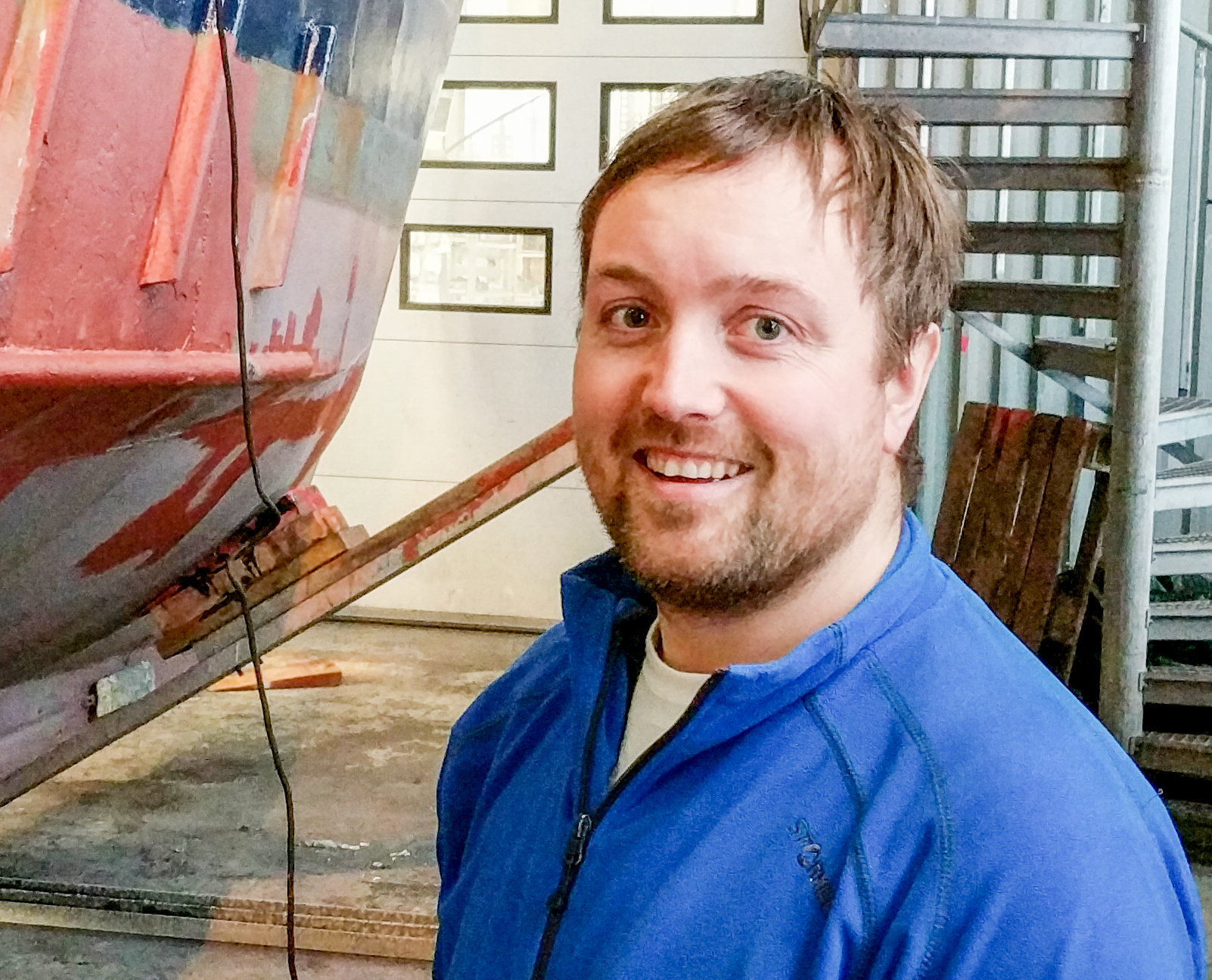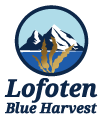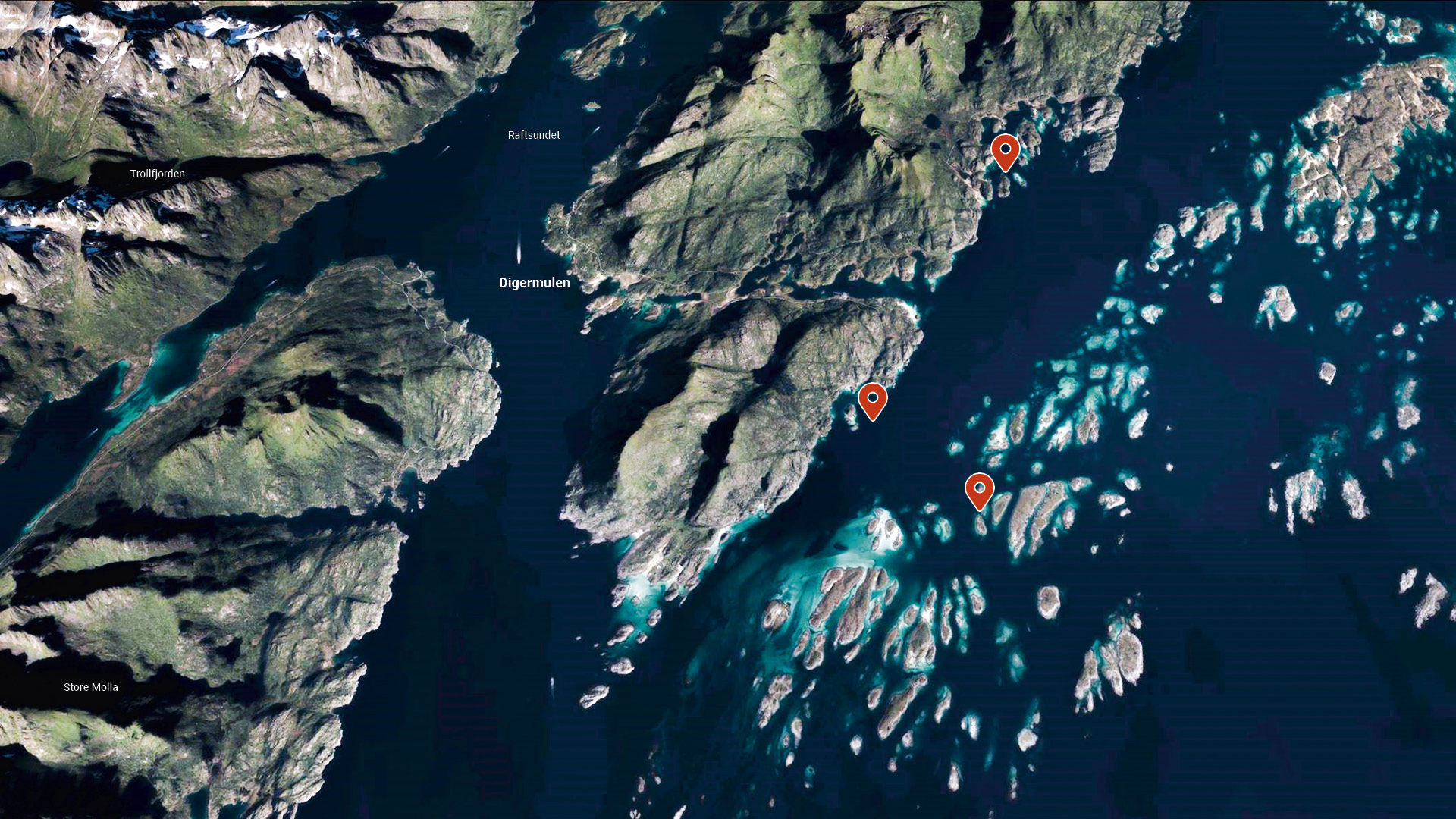Lofoten is one of the most famous areas in Norway, rich in traditions and with a stunning scenery. The dramatic combination of land and sea, mountains that rise thousands of feet straight up from the water separated by fjords make Lofoten a magical fairytale-like place. Hundreds of thousands of tourists flock to Lofoten every year to experience wild arctic nature, crisp winter nights with amazing northern lights, codfishing or just a beer in the midnight sun. Visitors to Lofoten can also enjoy some of the best seafood in the world. Lofoten is a true food basket with huge scope and breadth, from fisheries and aquaculture to niche arctic meat and dairy farms, many of which are world class producers whose products are exported to top restaurants and stores all over the world. These are just some of the things that make Lofoten unique, and that both visitors and natives alike know to appreciate.
Seaweed production is a newcomer in aquaculture, not just in Lofoten, but in Norway. Traditionally seaweed has always been harvested in the wild for various uses, mainly potash or animal feed, but humans too have used it for food. Vikings used to bring Dulse, a red algae, aboard their ships for longer journeys. Lofoten Blue Harvest therefore is right at home with the rest of the fishing- and aquaculture-industry. The region is full of companies and people with long experience in aquaculture and seafood production, so getting things done is easy, good quality people and equipment are never far away.
In 2016 we deployed 3000 meters of Winged Kelp in Engeloysundet, which had shown the most promise for that species. The greatest challenge that year was actually building the seaweed farm. As a brand new company without any revenue and no experience we were lucky to be able to use resources from a local fish farming company, Nordlaks. Lofoten Blue Harvest is not the only seaweed company to have benefitted greatly from a close relationship to the fish farming industry. When it comes to moorings and installations at sea, equipment and know-how carry over very well from fish farming to seaweed cultivation. In addition, strict regulation requires fish farming companies to replace old moorings with new equipment every so often. The old stuff, mooring rope and chain in particular, has zero value to the fish farming company, in fact it costs them to get rid of it. Because of this, we were able to take it over and make use of it, as seaweed cultivation is not required to follow the same regulations. We got large amounts of used equipment from Nordlaks that we used for frame construction and moorings. We were also able to rent workers, boats and land facility from them. Our first seaweed farm was constructed almost exclusively with the help of equipment and manpower from Nordlaks.
Today we have our own boats, and are accumulating ever more experience and knowhow about seaweed farming. The company is focusing on building better farms, making better equipment and developing better protocols for handling seaweed both on land and at sea. Harvesting is the most intensive phase of production, and the cost cutting potential is huge. At the same time our partners are improving their own part of the value chain, and we expect costs to drop dramatically over the next years. This will enable seaweed to enter new markets and industries as raw materials in eventually everything from medicine to biopolymers, animal feed and bio-energy.

Bent Eriksen
More than 30 years experience with fish farming, fish processing, seafood production and distribution all over the world.
bent@pundslett.no
+47 901 76 647

Nikolai Buer
Master of Science in Business, broad experience in project managment and business administration from several different industries.
nikolai@lofotenblueharvest.com
+47 479 66 700

Morten Eriksen
Fish farmer by education, 20 years experience from fish farming, marine operations and boat maintenance.
morten@lofotenblueharvest.com
+47 979 82 588



